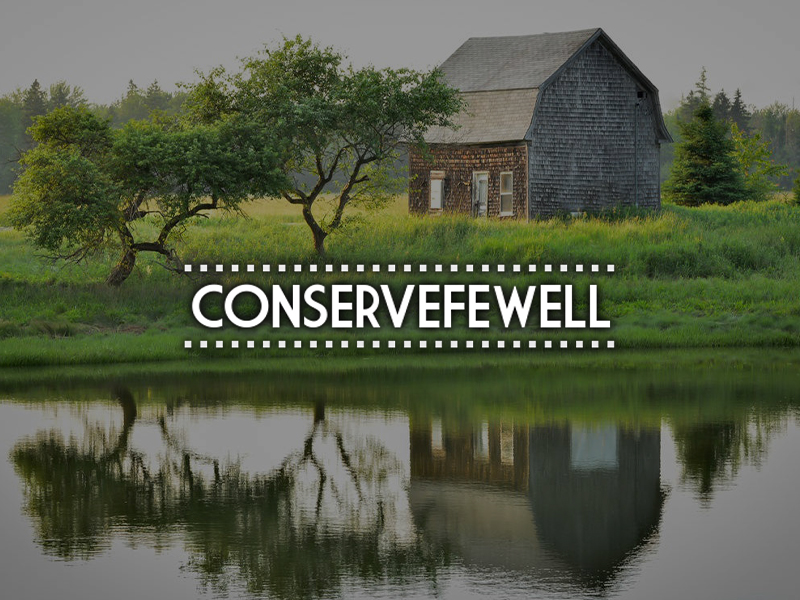By Brent Fewell
Inspired earlier this month by the conservation work of Chris Bayley out in Oregon, and his 12,000 rain garden campaign to improve water quality in Puget Sound, as discussed here, I finally committed to trying my hand at constructing a rain garden as my small contribution toward helping improve water quality to the Chesapeake Bay watershed. After a few sore muscles and a couple of Advil, and seven hours of labor, and for a grand total of $255.09 (including band-aids for a couple of pesky blisters), I’m pleased to report back on the project. The proof of success was in the final reveal and my wife’s comment, “wow – I really like it” – turned out even better than I expected. Hope others will be similar inspired for this year’s Earth Day, April 22. 
Admittedly, the aesthetic benefits that my family (and neighbors) will enjoy from this project far exceed any environmental benefits that can be expected. Given the significant amount of impervious surfaces in our neighborhood (streets and houses all constructed in the late 1960s) from which storm water flows, my efforts will produce infinitesimally small environmental benefits. Although my efforts represent the proverbial drop-in-a-bucket, they will contribute in some very small, insignificant way toward reducing peak flows and nutrients that impact our local stream and ultimately contribute to water quality impairment in the Chesapeake Bay. It is axiomatic, however, that, with time, each drop will ultimately fill the bucket.
A few highlights from this past weekend’s fun.
Planning Phase – I sized and outlined the area for the garden, based on the amount of storm water flow, using the tools found here. As you’ll note in the before picture the storm water drain pipe that is connected to my roof and set back several feet from the street.
 Implementation Phase – I excavated to a depth of approximately 1.5 feet in the deepest location and used the soil to build up the perimeter to retain more water. I intercepted and cut the pipe 10 feet up hill so that drainage begins at the top of the rain garden. (Note: Make sure you contact Miss Utility or your local “Call Before You Dig”
Implementation Phase – I excavated to a depth of approximately 1.5 feet in the deepest location and used the soil to build up the perimeter to retain more water. I intercepted and cut the pipe 10 feet up hill so that drainage begins at the top of the rain garden. (Note: Make sure you contact Miss Utility or your local “Call Before You Dig”  provider to locate any buried utilities. I had a small cable that I had to sheath with PVC.) Note the bottom layer of small rocks to improve percolation into the soil. I also placed larger rocks near the storm pipe to prevent flows from “blowing out” the plants and mulch.
provider to locate any buried utilities. I had a small cable that I had to sheath with PVC.) Note the bottom layer of small rocks to improve percolation into the soil. I also placed larger rocks near the storm pipe to prevent flows from “blowing out” the plants and mulch.
Budget Breakdown
Top soil $13.70
Compost $14.91 (purchased from a local composter, Maryland Environmental Service)
Peat $9.97 (for better moisture retention)
Mulch $13.32
Pebbles $34.80 (to improve drainage)
Flowers $128.45 (for pure enjoyment)
Boulders $37.42 (optional: two Lake George boulders)
Band-aids $2.52
Total Cost $255.09




